HOW TO MILK A COW PROPERLY & WHY IT MATTERS
Milking a cow is a fundamental skill in dairy farming, ensuring the animal’s health, hygiene, and optimal milk production.
No products in the cart.

Milking a cow is a fundamental skill in dairy farming, ensuring the animal’s health, hygiene, and optimal milk production.
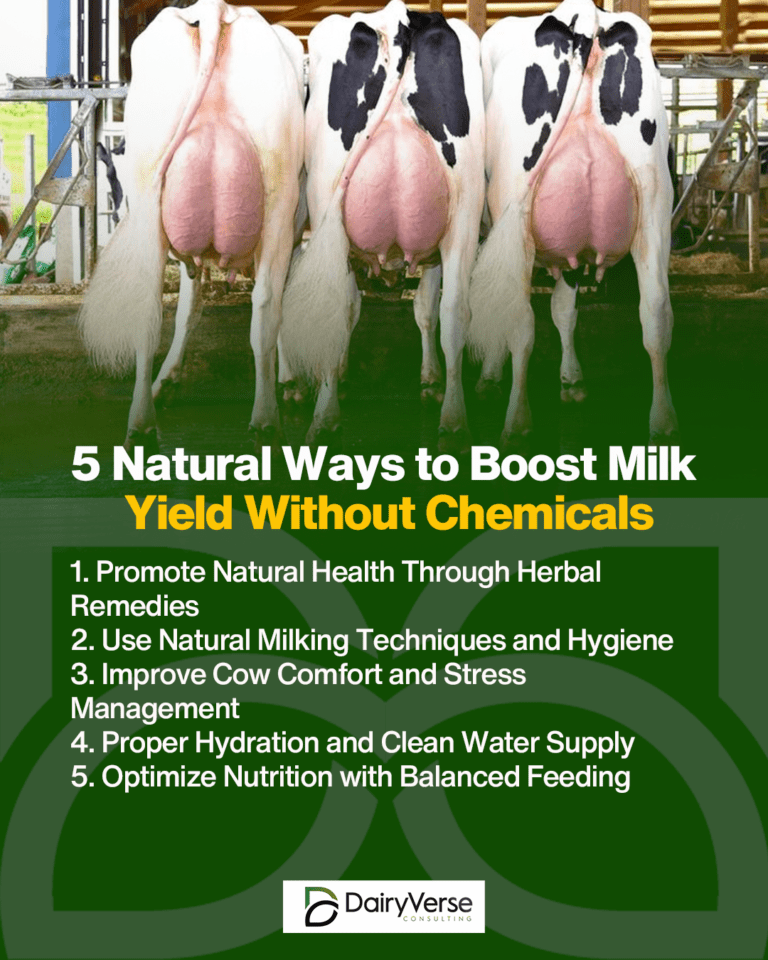
Milk production is the backbone of dairy farming, and increasing yield naturally can lead to healthier cows and better-quality milk.

Sustainability in agriculture is a growing concern as the world grapples with environmental challenges, resource limitations, and the need to feed a growing population.
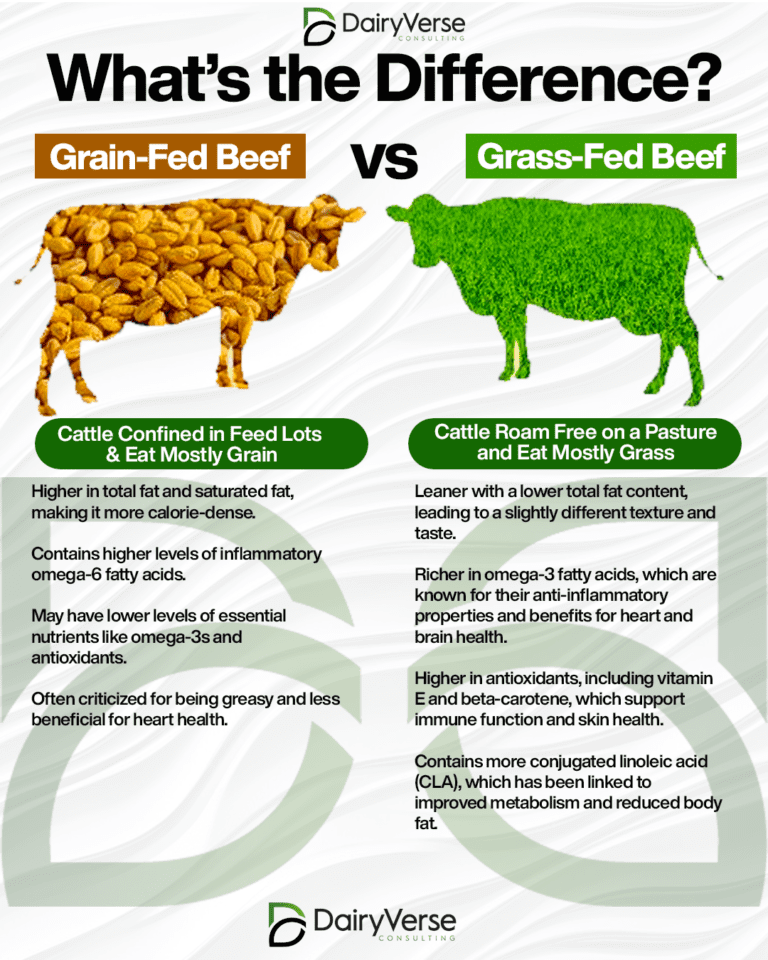
While both types of beef provide protein and essential nutrients, they differ significantly in how the cattle are raised, their nutritional profiles, and their overall effects on human health.
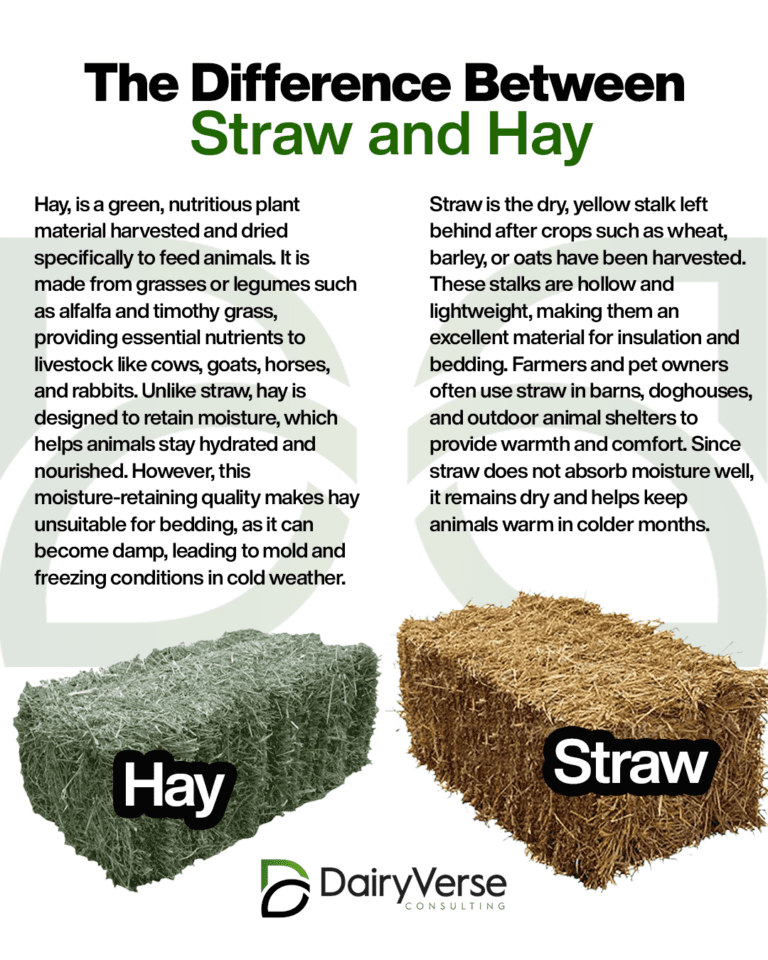
Many people confuse straw and hay, but these two materials serve entirely different purposes in farming and animal care.

Dairy cows require a balanced and nutrient-rich diet to maintain their health, support reproduction, and maximize milk production.

Maintaining a longer lactation period in dairy cows is key to maximizing milk production while ensuring cow health and farm profitability.

The health and productivity of dairy cows are essential for a thriving operation. By addressing the key causes of adult cow mortalities, farmers can mitigate losses and improve overall herd performance.
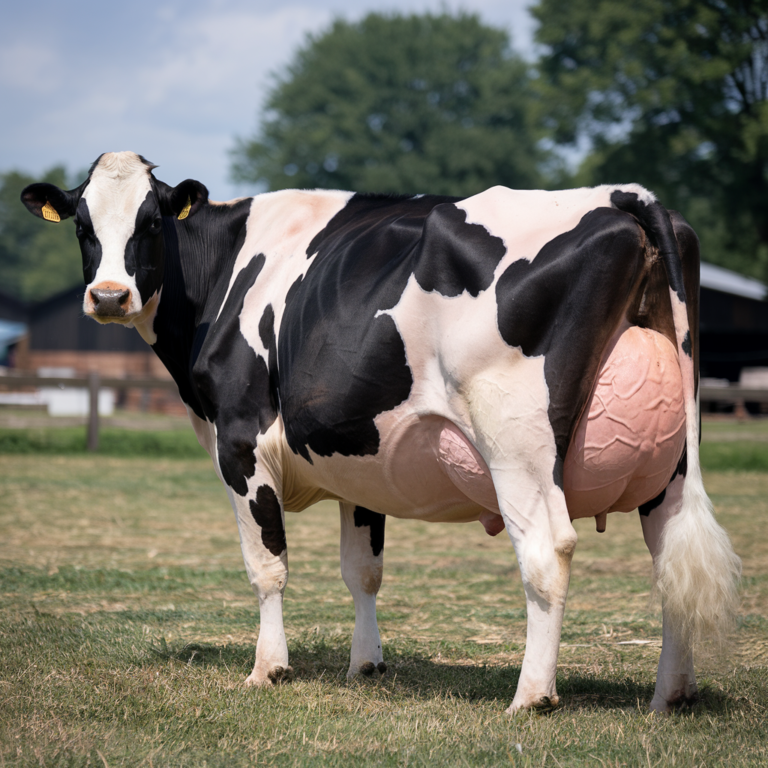
For dairy farmers aiming for optimal milk production, managing the days in milk (DIM) is crucial. DIM refers to the period after calving during which a cow produces milk. The target for an all-year-round calving herd is to maintain an average of 180 days in milk
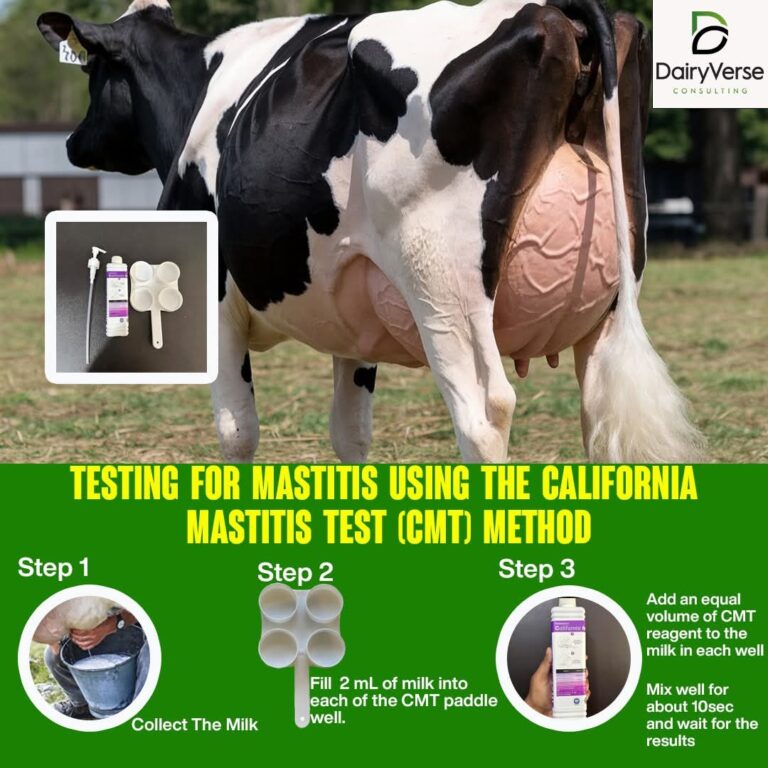
The California Mastitis Test is an invaluable tool for dairy farmers to detect mastitis early and maintain herd health. Regular testing, combined with proper hygiene and management, can significantly reduce mastitis cases, improving milk quality and boosting farm profitability. By integrating the CMT method into your herd management routine, you ensure healthier cows and a more productive dairy operation.